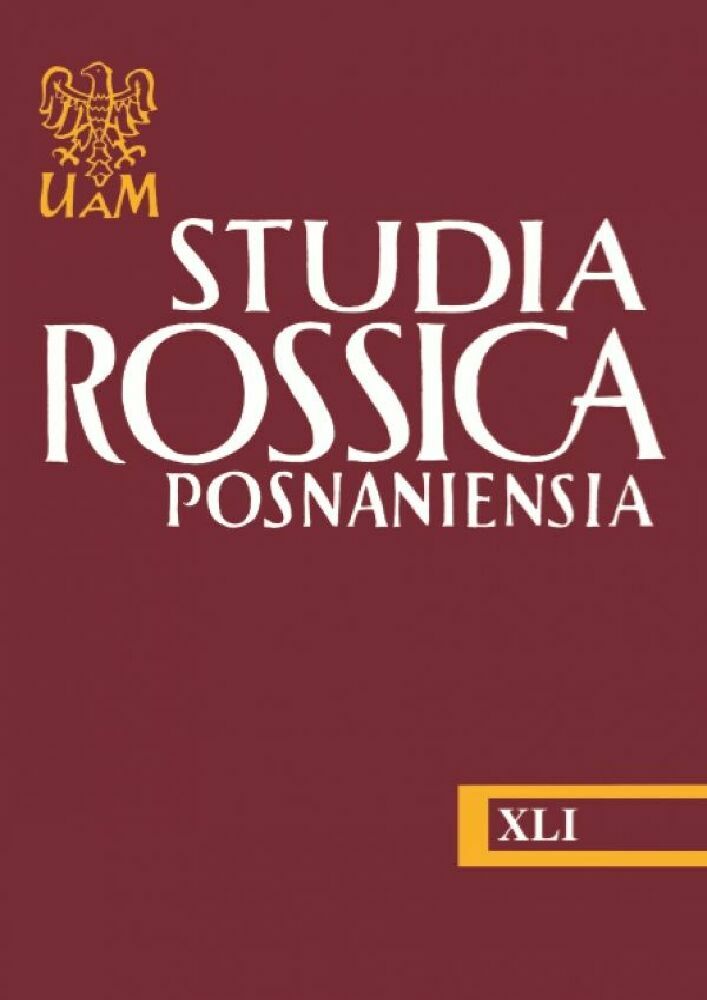Abstract
This article reports a study which gathered Polish learners’ opinions about the usefulness of L1-based techniques in learning L2 English and L3 Russian grammar. The results reveal a negative correlation between the length of study and the level of positive evaluations of the usefulness of L1-based clues. Although L1 was generally considered more useful in learning Russian, the evaluations differed considerably in relation to particular structures in both languages.Literaturhinweise
Butzkamm W., Caldwell J., 2009. The bilingual reform: A paradigm shift in foreign language teaching, Tübingen: Narr.
Dakowska M., 2003. Current controversies in foreign language didactics, Warszawa: Wydawnictwo Uniwersytetu Warszawskiego.
De Bot K., Jaensch C., 2015. What is special about L3 processing, “Bilingualism: Language and Cognition” no. 18, s. 130–144.
Gnuzmann C., 2009. Translation as language awareness: overburdening or enriching the foreign language classroom?, [w:] Translation in second language learning and teaching, red. A. Witte, T. Harden, A. Ramos de Oliveira Harden, Oxford–Berno: Peter Lang, s. 53–77.
Gozdawa-Gołębiowski R., 2003. Interlanguage formation: A study of the triggering mechanisms, Warszawa: Instytut Anglistyki UW. Hall G.,
Cook G., 2012. Own-language use in language teaching and learning, “Language Teaching” no. 45, s. 271–308.
Hentschel E., 2009. Translation as an inevitable part of foreign language acquisition, [w:] Translation in second language learning and teaching, red. A. Witte, T. Harden, A. Ramos de Oliveira Harden, Oxford–Berno: Peter Lang, s. 15-30.
Jessner U., 2008. Teaching third languages: Findings, trends and challenges, „Language Teaching” no. 41, s. 15–56.
Kellerman E., 1979. Transfer and non-transfer: Where we are now, “Studies in Second Language Acquisition” no. 2, s. 37–57.
Kemp C., 2007. Strategic processing in grammar learning: Do multilinguals use more strategies?, “International Journal of Multilingualism” no. 4, s. 241–261.
Krashen S., 1981. Second language acquisition and second language learning, Oxford: Oxford University Press.
Larson - Hall J., 2010. A guide to doing statistics in second language research using SPSS, New York: Routledge.
Nassaji H., Fotos S., 2001. Teaching grammar in second language classrooms, New York: Taylor & Francis.
Norris, J., Ortega L., 2000. Effectiveness of L2 instruction: A research synthesis and quantitative meta-analysis, “Language Learning” no. 50, s. 417–528.
Pawlak M., 2006. The place of form-focused instruction in the foreign language classroom, Poznań–Kalisz: Wydawnictwo UAM. Rada Europy, 2001. Europejski system opisu kształcenia językowego: uczenie się, nauczanie, ocenianie, Warszawa: CODN.
Rutherford W., 1987. Second language grammar: learning and teaching, Harlow: Pearson Education.
Scheffler P., 2013. Learners’ perceptions of grammar translation as consciousness raising, “Language Awareness” no. 22, s. 255–269.
Spada N., Lightbown P., 1999. Instruction, first language influence, and developmental readiness in second language acquisition, “The Modern Language Journal” no. 83, s. 1–22.
Swan M., 2011. Grammar, [w:] The Routledge handbook of applied linguistics, red. J. Simpson, London: Routledge.
Lizenz
Die Veröffentlichung von Texten geschieht in Übereinstimmung mit der Creative-Commons-Lizenz:
Namensnennung-Nicht kommerziell-Share Alike 4.0 International - Creative Commons

